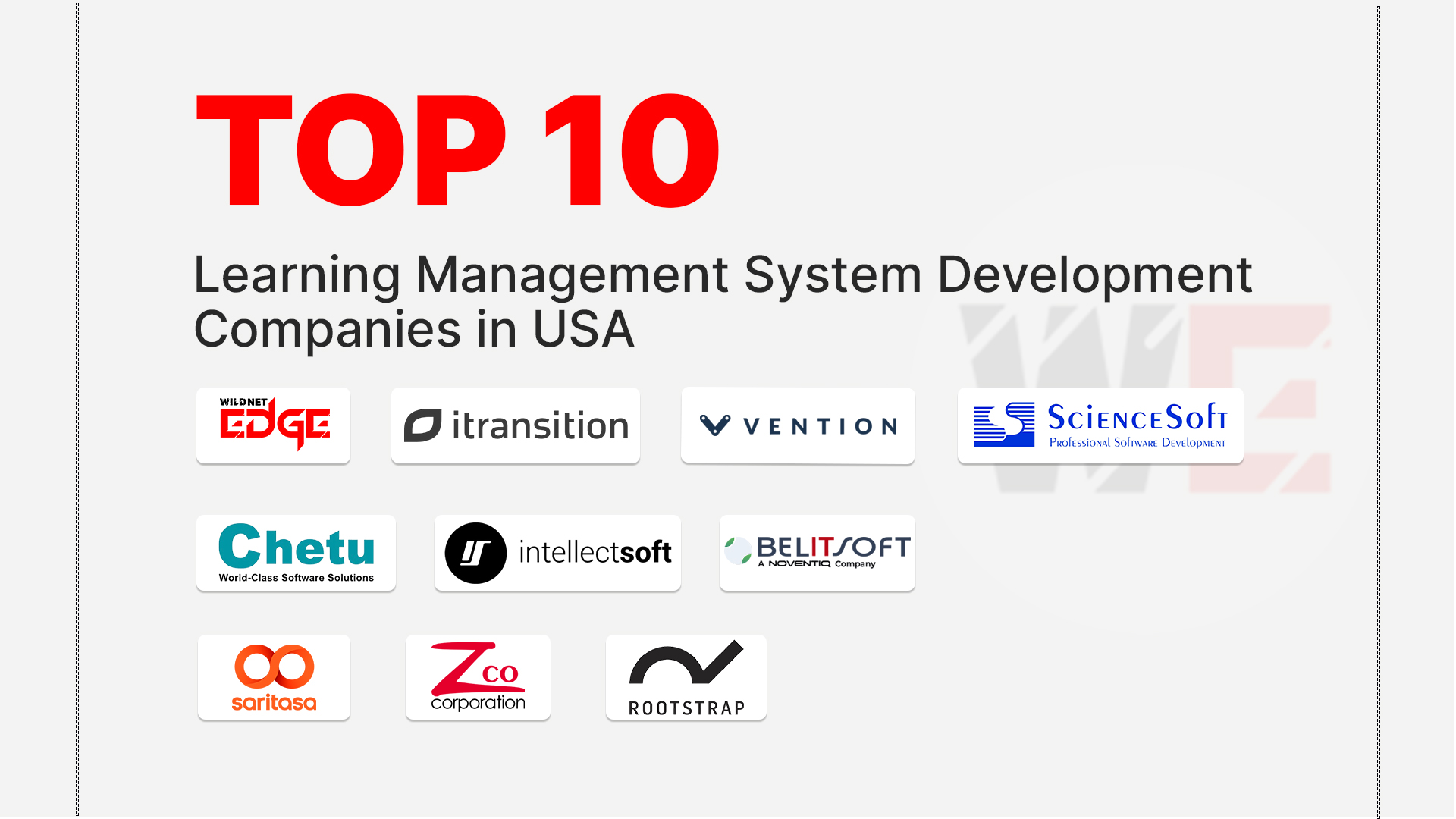Understanding pytorch development cost is essential for any organization looking to implement machine learning applications. As PyTorch continues to gain traction in the data science and artificial intelligence communities, grasping the implications of its costs is crucial for effective project planning. Whether you are a startup trying to innovate or an established business looking to enhance your capabilities, being aware of the costs associated with PyTorch development can significantly influence your project’s success and viability.
Factors Influencing PyTorch Development Cost
Labor Costs and PyTorch Pricing
One of the primary components of pytorch development cost is labor costs. This includes developer salaries, which can vary greatly depending on factors like geography, experience, and expertise. The pytorch pricing structure often reflects these labor dynamics. For instance, a developer with extensive experience in machine learning will command higher fees compared to someone who is just starting. Moreover, the complexity of the task at hand can affect the overall project costs. Organizations must consider these labor dynamics in their budget planning to avoid unexpected expenses down the line.
Project Complexity and PyTorch Project Budget
The complexity of the project significantly impacts the pytorch project budget. Simple applications, like basic image classification, may require fewer resources and time, translating into a lower budget. Conversely, more complex projects, such as building custom neural networks or deploying applications at scale, typically require a larger budget. Understanding how project scope affects costs is essential. For example, a basic PyTorch project may range from $5,000 to $15,000, while more ambitious projects can start at $30,000 and can even exceed $100,000 depending on various requirements and functionalities.
Technology Stack and PyTorch App Charges
The choice of tools and frameworks also plays a critical role in PyTorch development costs. Different technology stacks can incur distinct expenses, influencing overall PyTorch app charges. Additional software, cloud services, or third-party tools may add to the total cost. Thus, when organizations plan their budgets, they must factor in these additional layers, ensuring that their PyTorch project budget accommodates all essential components necessary for successful implementation.
Hiring and Budgeting for PyTorch Development
Finding the Right PyTorch Development Company
Selecting the right PyTorch development company is crucial for managing development costs effectively. Businesses should seek companies with a proven track record in PyTorch projects. Reviewing their portfolio and seeking client testimonials can offer valuable insights into their expertise and reliability. Additionally, a reputable development company will provide transparency regarding their pricing structures and services included in the contract, which can help you avoid unanticipated costs later on.
Strategies to Hire PyTorch Developer
When looking to hire pytorch developer talent, organizations have various models to consider. Companies can choose between freelancers, agencies, or in-house teams. Each option comes with its own set of advantages and trade-offs regarding cost and flexibility. For instance, hiring freelancers can be a more cost-effective solution for short-term projects, while engaging with agencies can offer a more robust support system for complex applications. It’s crucial to establish clear communication about budget constraints and negotiate rates upfront to align expectations.
Estimating a PyTorch Project Budget
Estimating a PyTorch project budget requires a systematic approach. Organizations should start by breaking down the project into phases, estimating costs for each part. This can include planning, development, testing, and deployment stages. Additionally, it’s advantageous to identify potential risks that could affect timelines and budgets. Creating buffer zones in the budget for unexpected challenges is also essential to prevent overages.
Cost Variations Based on Geographic Location
Regional Differences in PyTorch Pricing
PyTorch pricing can vary significantly based on geographic location. For example, developers in North America or Western Europe often charge more than those in Eastern Europe or parts of Asia. Understanding these regional differences is essential for businesses looking to optimize their budgets. High-cost areas may provide access to more experienced developers, whereas lower-cost regions can offer budget-friendly options without compromising quality.
Offshore vs. Local Development Costs for PyTorch
The decision to outsource PyTorch development can lead to significant variances in costs. Offshore development costs are often lower, attracting many businesses looking for budget-friendly solutions. However, there are trade-offs. Language barriers, time zone differences, and management challenges can inflate hidden costs. Conversely, hiring locally can provide better communication and quality assurance, which might justify the higher pricing.
Currency Fluctuations and PyTorch App Charges
When engaging international development teams, currency fluctuations can impact the PyTorch app charges significantly. Businesses must consider stable exchange rates when preparing to budget for projects in different currencies. Strategizing for international projects might include locking in currency rates or budgeting for potential variations in costs so that international development remains feasible and within budget.
Real-World Examples of PyTorch Development Costs
Case Study: Budgeting for a Basic PyTorch Application
To provide a practical perspective, let’s look at a hypothetical budget for a simple PyTorch application. For a basic image recognition app, the budget may consist of approximately $6,000 for development, $2,000 for testing, and $1,000 for deployment. A rough total of $9,000 exemplifies the essential allocations, highlighting the importance of detailed planning in any PyTorch project budget.
Case Study: Budgeting for an Advanced PyTorch Application
On the other end of the spectrum, budgeting for a more advanced PyTorch application, such as a deep learning model for autonomous vehicles, may require costs to balloon significantly. For example, such a project could demand upwards of $75,000, depending on the complexity and scale, including costs for extensive testing and optimization phases. Specific challenges such as integration with existing software can push costs even higher, illustrating the necessity of comprehensive planning.
Lessons Learned from PyTorch Project Budgets
Insights gained from various PyTorch project budgets emphasize the need to anticipate potential cost-related issues. Common challenges like scope creep and underestimated labor can lead to budget overruns. Clear communication and detailed project scopes can mitigate these risks considerably. Documenting previous experiences can lead to better budgeting strategies for future projects.
Transparency and Itemization in PyTorch Development Costs
Importance of Detailed Estimates in PyTorch Pricing
Receiving itemized estimates for PyTorch pricing is critical to establishing trust between the business and the development team. Transparent cost breakdowns foster collaboration and allow for adjustment in project scopes based on budgetary needs. Organizations that foster open communication about costs tend to experience smoother project executions and better partnerships.
Tools for Budget Tracking in PyTorch Development
Utilizing project management tools for budget tracking is effective in maintaining adherence to budgets during PyTorch development. Tools like Trello or Asana can help keep milestones visible and expenses transparent, allowing teams to track spending in real-time. Alongside this, Gantt charts can visualize timelines, helping teams adhere to both budget and deadlines effectively.
Negotiating Project Costs with Your PyTorch Development Company
Negotiating with your PyTorch development company can lead to better cost management for both parties. Consider discussing flexible pricing options that accommodate varying needs and budgets. Creative solutions, such as milestone-based payments or equity stakes, can also alleviate upfront financial burdens while addressing quality concerns.
Conclusion
To summarize, key factors contributing to pytorch development cost include labor costs, project complexity, technology choice, and geographic considerations. By understanding these elements, businesses can better manage their budgets. Partnering with a recognized firm like “”Wildnet Edge”” can streamline the development process while ensuring cost efficiencies and delivering a project that meets expectations.
FAQs
The average cost can vary widely based on project size and complexity.
Look for companies with established portfolios and positive client feedback.
Factors include project scope, developer experience, and technology stack.
Yes, many developers offer freelance services, which can be a cost-effective option.
Consider labor costs, technology requirements, and potential risks that could affect costs.

Nitin Agarwal is a veteran in custom software development. He is fascinated by how software can turn ideas into real-world solutions. With extensive experience designing scalable and efficient systems, he focuses on creating software that delivers tangible results. Nitin enjoys exploring emerging technologies, taking on challenging projects, and mentoring teams to bring ideas to life. He believes that good software is not just about code; it’s about understanding problems and creating value for users. For him, great software combines thoughtful design, clever engineering, and a clear understanding of the problems it’s meant to solve.
 sales@wildnetedge.com
sales@wildnetedge.com +1 (212) 901 8616
+1 (212) 901 8616 +1 (437) 225-7733
+1 (437) 225-7733































